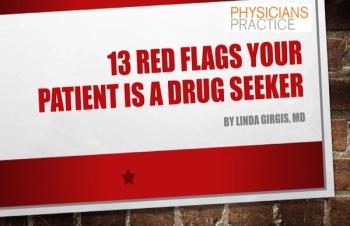
Primary care physicians can help fight the opioid epidemic by offering medication assisted treatment.

Primary care physicians can help fight the opioid epidemic by offering medication assisted treatment.

In the eyes of the law, prescribing opioids for patients with chronic pain means upholding ethical standards of professional conduct, not following a checklist.

A look at how Purdu Pharma marketed OxyCotin.

Avoid legal trouble by doing a thorough review of the electronic prescription process, security options, audits and potential loopholes.

Lax policies regarding medical records and ordering prescriptions and tests puts physicians-and their practices-at risk of DEA and HIPAA violations.

The Medical Board of California has investigated the prescribing practices of about 450 physicians whose patients overdosed on opioids months or even years later.

We all want to help alleviate our patients’ pain. However, the word pain should not produce a knee-jerk reaction of prescribing pain medication.

One nurse at an addiction treatment program carries opioid-reversal drug naloxone, brand name Narcan, to save a life whether she's on or off the job. She's been denied life insurance because the life insurer can't distinguish those who carry naloxone to save others and those who carry naloxone because they are at risk for overdose.

The recently passed SUPPORT Act addresses various aspects related to the opioid crisis through a series of more than 120 separate bills. Here are five sections physicians should be aware of.

This vision of addiction and chronic pain care is a pipe dream in this era of such limited resources.

In part two of this series, attorney, Efrem Grail shares six more tips on how to avoid trouble from the law when prescribing opioids.

While prescription registries have made it easier to track down drug seekers, they are not foolproof. Here are red flags you should be looking out for.